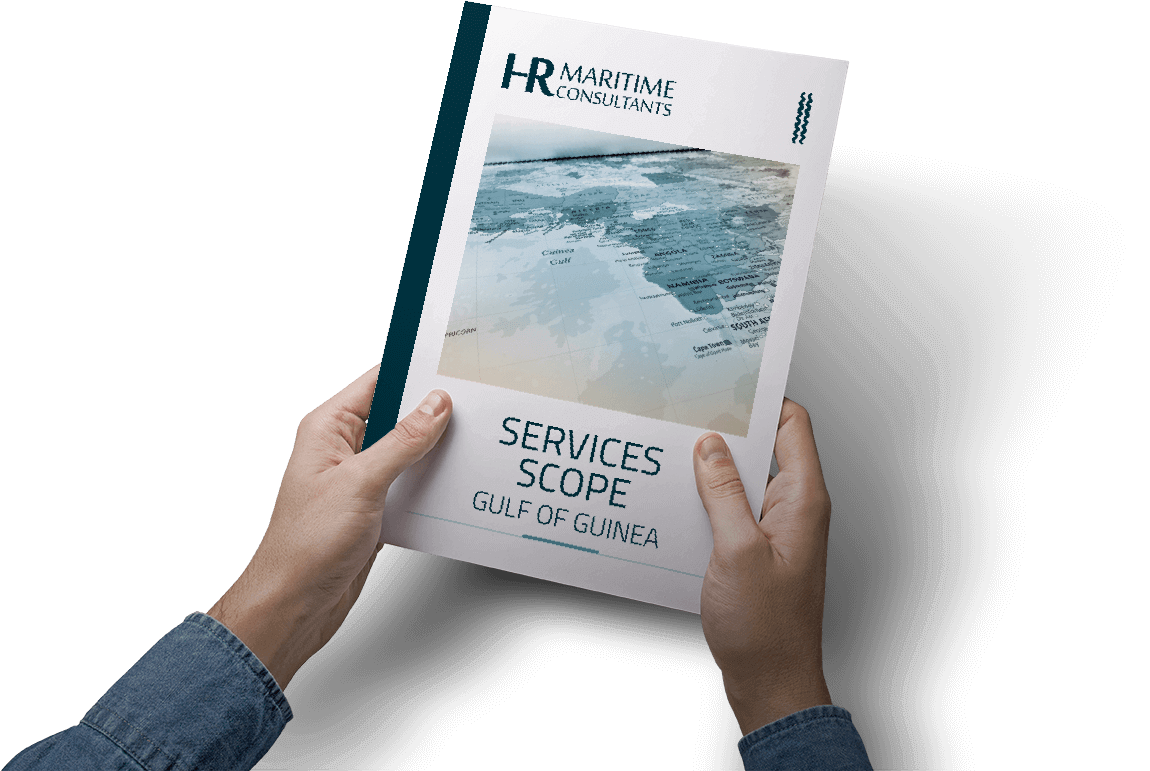Coastal states in West Africa, particularly in the Gulf of Guinea, strictly require that all security services are provided by
Host Nation Security Forces (HNSF).
To comply with local regulations, HRM has carefully selected a handful of locally registered
companies to provide the necessary HNSF personnel and Escort Vessels for our clients entering the area.
Local partners have been vetted by HRM’s senior staff and trained to fully adhere our standard operating procedures.
Regardless of location or route, all engagements are managed by HRM and in coordination with our operations headquarters.

LOCAL ARMED FORCES
To ensure skills, access, knowledge of procedures and intelligence is up-to-date, HRM works only with HNSF personnel currently serving in their country’s armed forces.

FLEXIBLE EMBARKMENT
HNSF teams can embark vessel either at sea in the country’s territorial waters or while docking, and can remain onboard during port calls and operations as needed.

ESCORT VESSELS
HNSF team can also be deployed to an Escort
Vessel for passage between your vessel and the relevant port, terminal or anchorage.

SERVICES
In Togo, Benin and Nigeria, we also offer Onboard Liaison Officers services to help manage all security related matters, including BMP5 vessel assessment.
